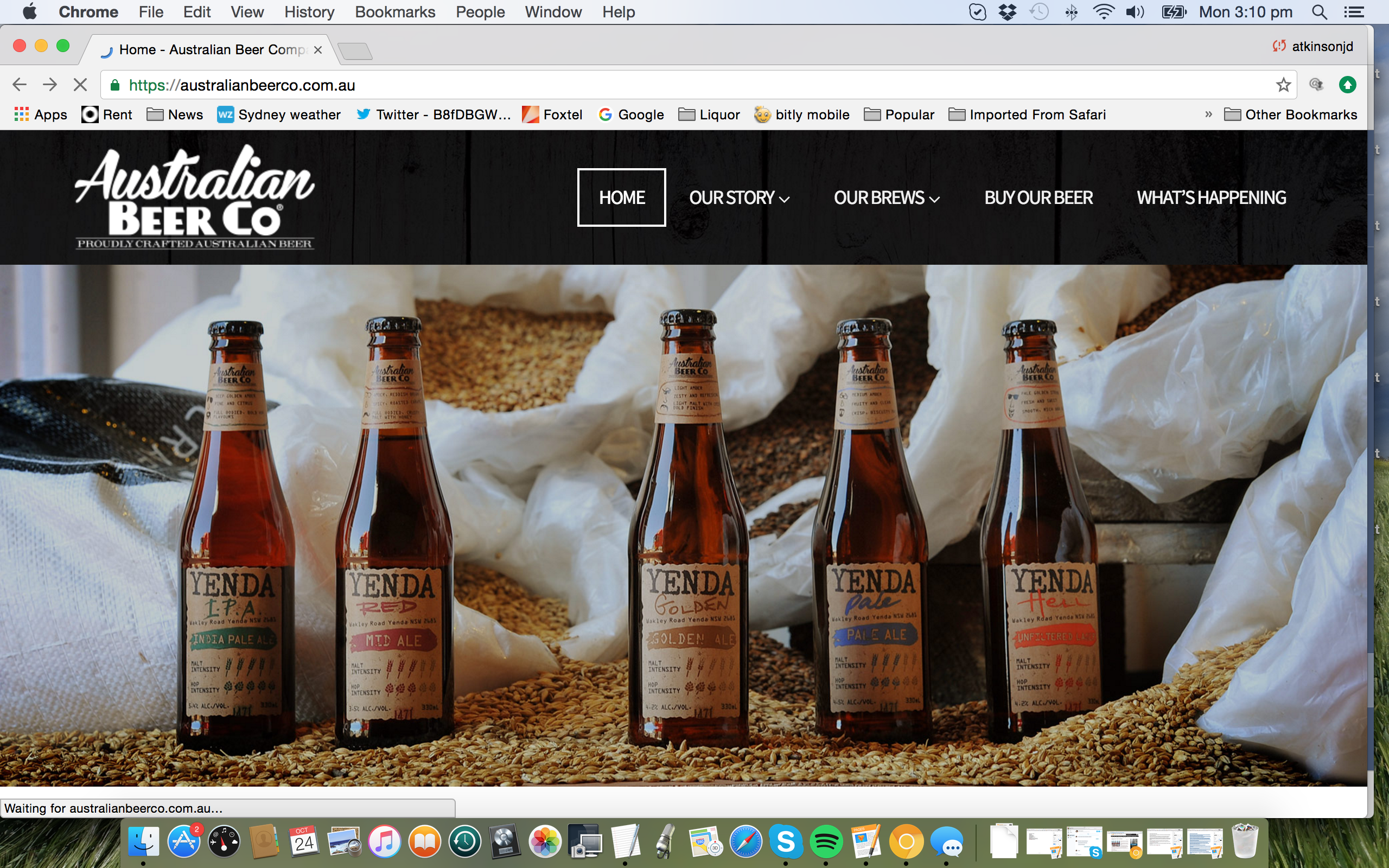
CCA still a minnow in beer: Analyst
Coca-Cola Amatil’s beer market share amounts to less than one per cent, even after adding Miller to its portfolio, the company has acknowledged.
Merrill Lynch analyst David Errington grilled CCA management on Friday as to how they proposed to grow beer market share with a portfolio that is “very fragmented”.
“Niche craft… is high value but unfortunately you need a whale in your portfolio, generally, you need a big fish,” Errington told CCA Alcohol and Coffee managing director Shane Richardson.
“When you’re fractured, it’s very hard to get behind each brand. I just don’t see how you can drive this business with so many small brands.”
Bold ambitions
In December 2013, then CEO Terry Davis said CCA had a medium term target of achieving a 20 per cent share of premium beer and cider and becoming the “third force” in brewing.
Successor Alison Watkins quashed this goal in August 2015, commenting: “We don’t have ambitions to be a large volume player in beer.”
At Friday’s Investor Day, Errington asked what had happened to the “bold ambitions” CCA initially set out for beer.
“What’s your current market share at the moment and what would you aspire to be in a couple of years’ time?” the analyst asked Richardson.
The alcohol boss responded that while it was still less than one per cent, having added significant volume from the Miller brands overnight, there was plenty of growth potential.
“There’s a long runway for growth in the craft beer segment,” he said of the Yenda brand.
“This will not happen overnight, but our opportunity for continual growth in developing these brands is there.”
Modern beer marketing
Earlier, Richardson told investors the Coors brand had achieved consecutive double digit growth since it was launched in December 2013.
He said CCA had carefully targeted Coors at millennial consumers, in contrast to beer marketing of old.
“When you look at how the brands within the beer category have established themselves in Australia over the course of time it’s been the big advertising, expensive and very widespread media communications,” Richardson said.




